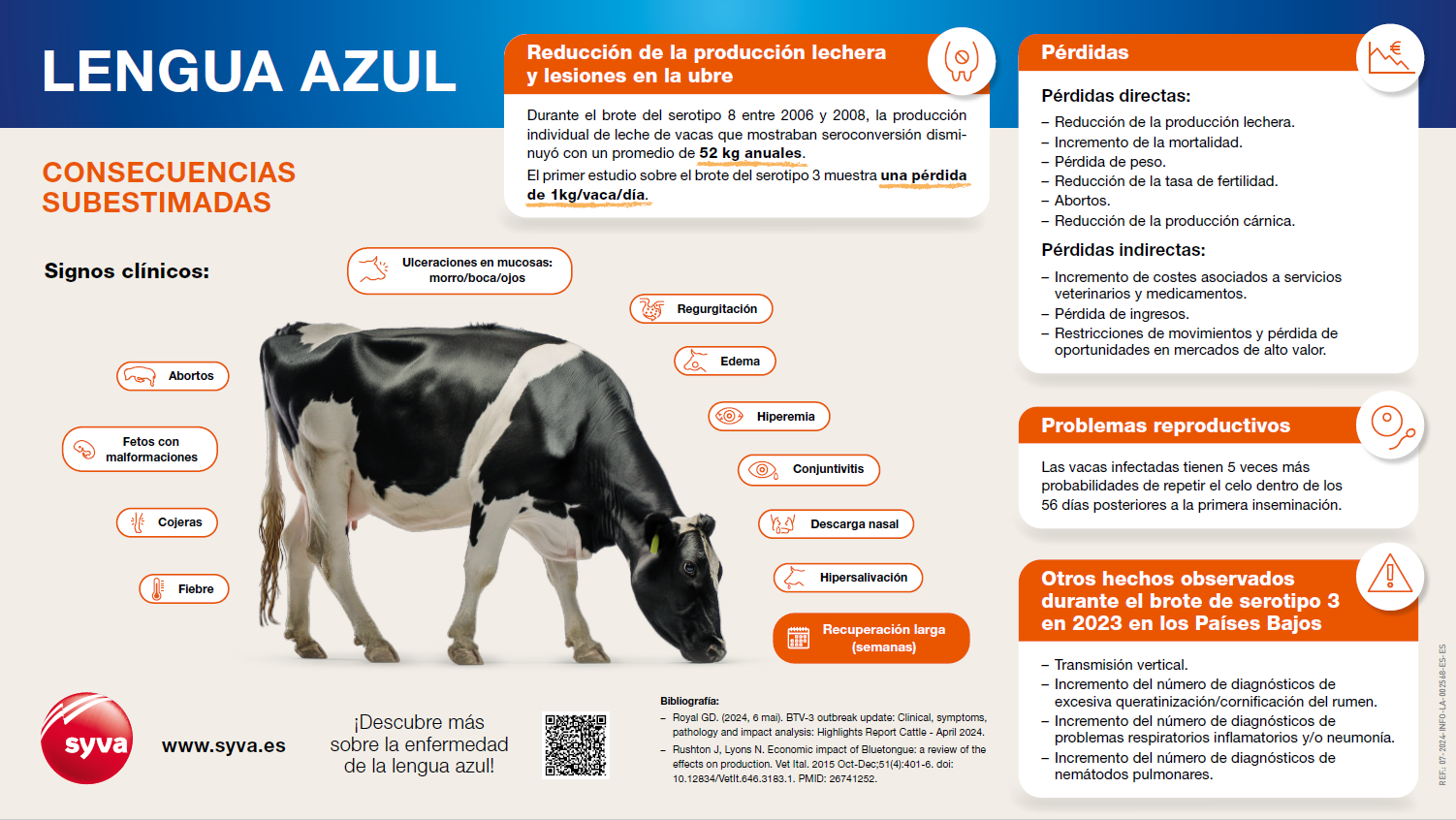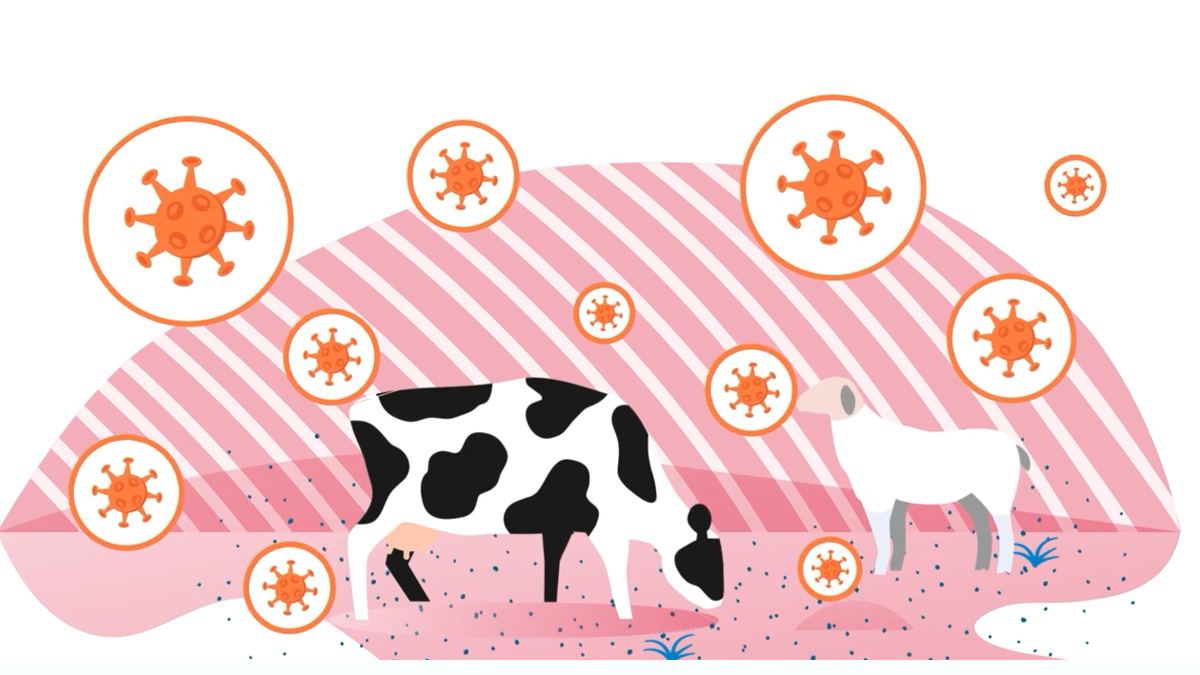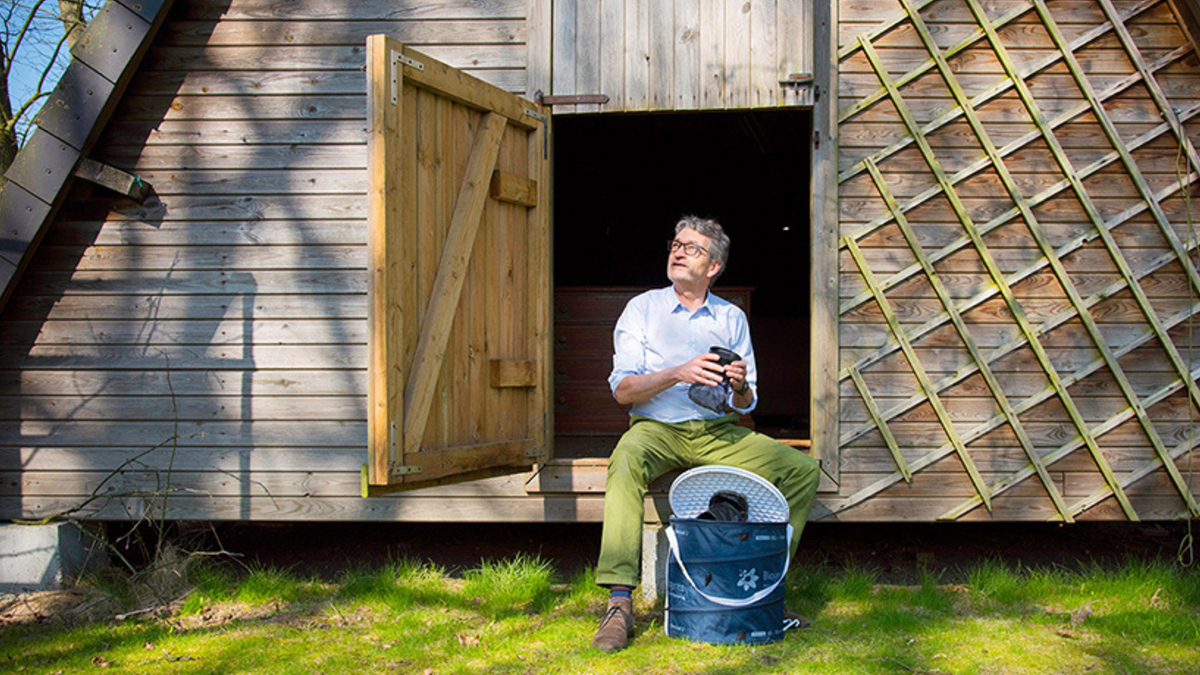Diseases guide: Bluetongue

Bluetongue disease is a viral disease that mainly affects ruminant animals, including sheep, goats, cattle and deer. The disease is caused by bluetongue virus (BTV), which is transmitted by midges of the genus Culicoides. Bluetongue is prevalent in many parts of the world, not only in tropical and subtropical regions, but also in temperate regions, including Europe, where several serotypes of the virus are present. Symptoms of bluetongue disease vary depending on the species affected, but can include fever, swelling of the face and tongue (hence the name of the disease), excessive salivation, lameness and, in severe cases, death. Infected animals may also show respiratory distress and decreased milk production.
Bluetongue is not transmissible to humans and infected animals do not represent a risk to human health. However, it can cause substantial losses in livestock populations, affecting farming economies due to loss of production and trade restrictions.
Prevention and control measures for bluetongue disease include vaccination, movement restrictions and vigilance programmes to monitor the spread of the disease.
Efforts to control outbreaks of bluetongue disease often involve collaboration between veterinary authorities, farmers and researchers to implement effective management strategies. Monitoring and research into the epidemiology and genetics of the virus remain crucial to develop better prevention and control methods. Bluetongue remains a significant animal health and welfare concern worldwide, underlining the importance of continued vigilance and coordinated response efforts within the livestock industry, including with a cross-border approach.
Understanding the challenges: Bluetongue

Bluetongue Infographic: don’t underestimate the consequences!
Detecting and combating bluetongue disease is a collaborative effort. For more than two decades, Syva has been working hand in hand with veterinarians and ruminant breeders to meet the challenges posed by bluetongue disease. This collaboration has been crucial in combating the devastating effects of specific serotypes by providing...

An educational video to raise awareness about vaccination against Bluetongue
For more than 20 years, Syva has been working closely with veterinarians and farmers, protecting millions of cattle and sheep against the bluetongue virus. With this aim in mind, and to raise awareness of the devastating consequences of this disease for sheep and cattle farmers, we have developed this...

Bluetongue and the use of wind models for planning vaccination campaigns.
Guy Hendrickx, DVM, PhD - CEO Avia-Gis - Belgium
In recent decades, biting midges (Culicoides sp.) have played an increasingly important role as a vector of infection for emerging diseases affecting livestock in Europe. The risk of these diseases can vary depending on climate, midges populations and animal movements. Monitoring and preventive measures, such as vaccination where available,...

An update on bluetongue: interview with Stéphan Zientara
Dr. Stéphan Zientara ANSES – Maisons-Alfort, Francia
At a time when we are witnessing new outbreaks of bluetongue, also known as ovine catarrhal fever, and where new serotypes such as BTV3 are appearing, we felt it was important to provide an update on the evolution of this virus, which particularly affects livestock farms in France and...

Understanding bluetongue vectors: a debate among experts
Dr. Javier Lucientes, Professor at the Faculty of Veterinary Medicine of Zaragoza - Dr. Christian Gortazar, Professor of Animal Health at the University of Castilla-La Mancha.
To better understand this disease, its vectors, its different serotypes, its evolution prediction and to confirm vaccination as the best tool for control and prevention, we have brought together two experts to discuss the subject. Their speech is clear, comprehensive and very interesting. Te invitamos a escuchar la conversación...
